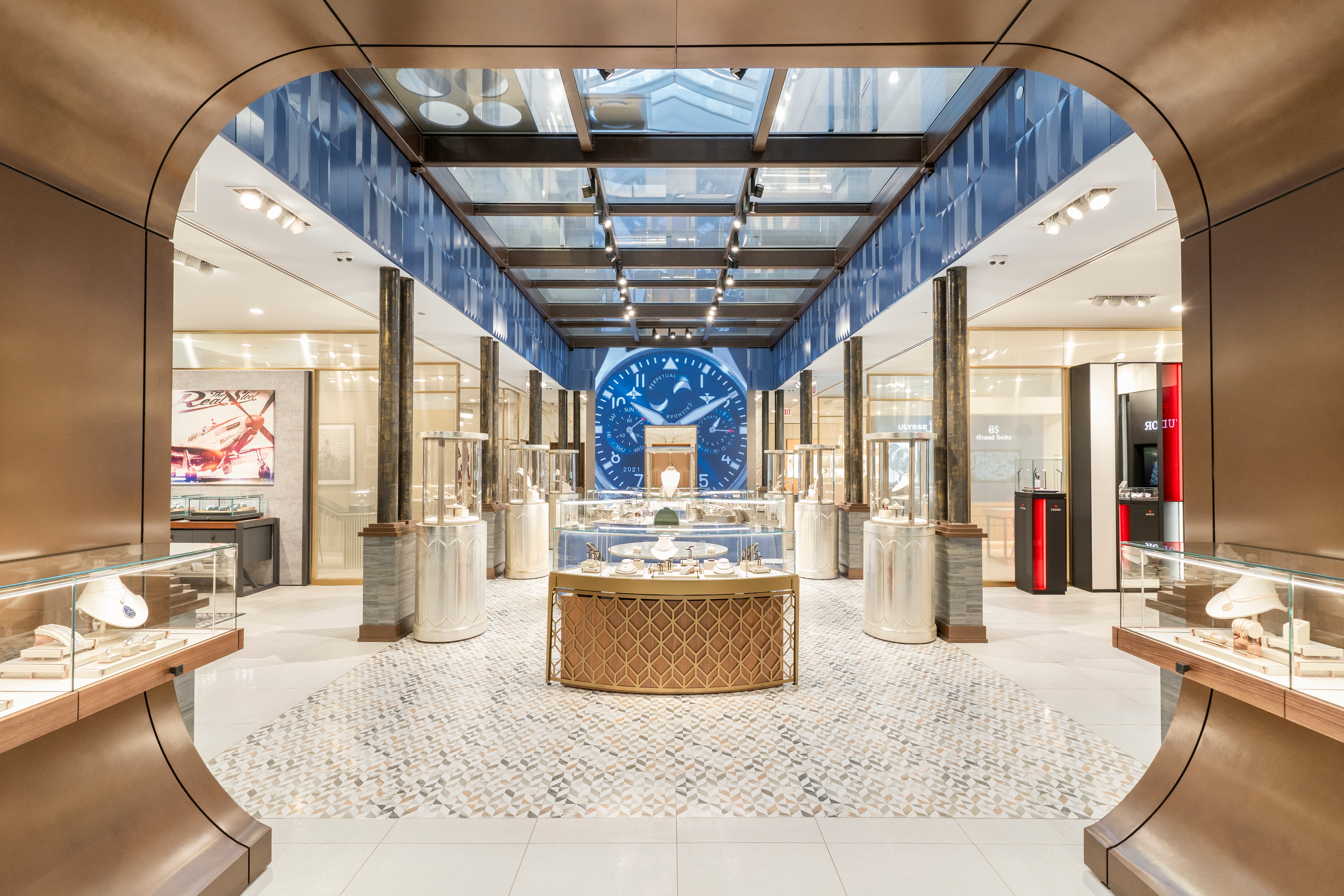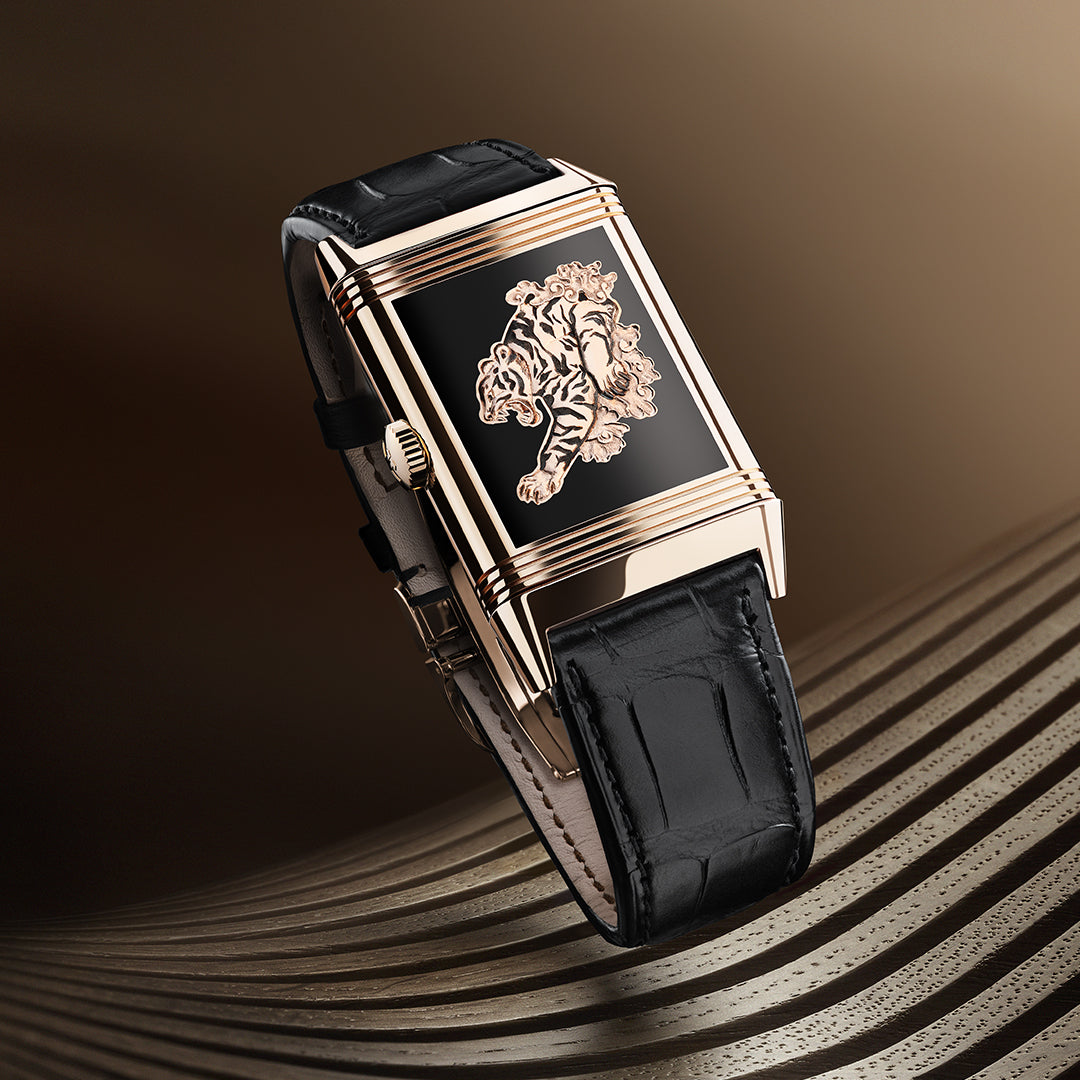FIVE BEST WAYS TO CLEAN FINE JEWELRY
Everyone wants their jewelry looking its best, so we've put together a brief synopsis of tips on how to keep your jewels shiny and bright.
In order to keep your finest jewelry looking like new, we spoke with a few Gemologists to find a few cleaning tips that will not only make your jewels shiny and bright, but protect them from potential damage. We want you to be able to keep your favorite pieces looking pristine for years or even decades to come.
Each different type of jewelry requires a different type of technique. By following these tips, you will keep your diamond, gemstone, pearl, gold, and platinum pieces gorgeous and will keep your jewelry in the best condition, so they remain beautiful for years, decades – for generations.
Obviously, for best results, whenever you’re in the neighborhood, you can always stop in any time at Burdeen’s Jewelry and we will be happy to clean your jewelry for free!
1. Cleaning Diamond Jewelry
Diamonds are the most popular gemstones in the world due to their unparalleled luster. They are at home on earrings, bracelets, necklaces, and of course, rings. In order to properly clean diamond engagement rings, there are a few steps that must be followed because they must stand up to the rigors of daily wear including oils, sweat and dust.
While diamonds are some of the strongest, hardest materials on earth, if they are not cared for, they are still susceptible to damage. However, it is not the stone that’s in immediate danger – it’s the diamond’s setting. But, even the diamond can lose some of its gorgeous shine if it’s not regularly cleaned. The best mixture of cleaning solution for diamonds is ammonia or mild dish detergent with water. The ratio of this solution should be a quarter cup of ammonia to one cup of lukewarm water.
After mixing the solution, simply let the piece of diamond jewelry soak in the solution for 20-30 minutes. Once this time is complete, gently brush the jewelry with a soft toothbrush to dislodge any dirt. Make sure to avoid brushing the diamond too vigorously to keep from dislodging the diamond from its setting. After this step, simply rinse off the solution and dirt and dry. Do not allow the piece to air-dry, as this process can leave unsightly hard water spots on your favorite diamond pieces. If this happens, you will have to repeat the process all over again to get these hard water spots off of the diamond and the setting.
1A. Cleaning Clarity-Enhanced Diamond Jewelry
Clarity-enhanced diamonds are genuine diamonds. The difference between these diamonds and other diamonds is the fact that they have tiny cracks that are invisible to the naked eye. There is an enhancement process that fills these cracks with a silica-like resin. As a result of this clarity-enhancing process, the cleaning process is different than standard diamonds.
Due to the process, they can be damaged by the same solutions that can clean standard diamonds. For this reason, clarity-enhanced diamonds should not be treated with ammonia or any jewelry cleaner that contains an ammonia-based solution. These solutions can break down the resin that fills the cracks in the diamond. The enhancements that give these treated diamonds their famous shine can be damaged by the ammonia. In order to clean clarity-enhanced diamonds, mild dish soap should be used for cleaning these enhanced gems.
2. Cleaning Gemstone Jewelry
Beyond diamonds, there are many types of gemstones in a rainbow of other colors and they all require their own distinct cleaning methods. In order to properly care for your gemstone jewelry, you should never assume that two gemstones are alike. Since gemstones like rubies, sapphires, emeralds, and other stones originate from a wide variety of raw materials, there is no one tried and true method to properly clean each and every one of them. Despite this wide range of raw materials, there are some basic rules that apply to the majority of gemstone jewelry items. The biggest rule for gemstone jewelry is they should never be exposed to hot water. The only exceptions to this rule featuring natural stones are items featuring diamonds and jade.
As for detergents, mild dish soap is generally safe in cooler water for most gemstone pieces and most pieces of jewelry in general. The exception to this includes fine jewelry containing pearls. While gemstones are sturdier than pearls, they aren’t as sturdy as diamonds. As a result, even steaming your gemstone jewelry can be a risky cleaning option for some gemstones. Again, there are some exceptions to this rule. The stones that could benefit from steaming include alexandrite, aquamarine, rhodonite, ruby, and sapphire.While no cleaning solution is 100% safe for all gemstones, lint-free cleaning towels and cloths made from microfiber are safe on virtually any gemstone. If you don’t have a proper cloth, custom cloths are available free-of-charge from Burdeen's at any time.
3. Polishing Gold
Whether you have white gold, rose gold, or yellow gold jewelry, cleaning procedures are the same for all three types of the lustrous metal. Standard commercial gold polishes will quickly and safely clean gold jewelry when applied with a soft chamois cloth. If your gold jewelry has begun to tarnish, you can remove the tarnish by making a lukewarm water and dish soap mixture with just a few drops of ammonia. Simply soak the jewelry in this mixture for a short time and gently rub the jewelry with a lint free cloth. This should immediately take the tarnish off of your jewelry. If the tarnish is more aggressive, an ultrasonic cleaning machine can also be used to good effect. However, these types of cleaning machines should be used sparingly if your gold jewelry has precious stones, as they can loosen the gemstones, pearls and other decorative items embedded in the gold. For plain gold items soiled with grease, a quick dip into a glass containing rubbing alcohol can undo the damage.
4. Platinum Jewelry Care
Platinum is one of the easiest fine metals to care for. Due to its strength, it is virtually immune to tarnish from discoloration. However, it is not immune to scratching from over-polishing. If you do scratch your platinum piece, please bring it in to Burdeen’s and one of our professional jewelers will re-polish your platinum jewelry item.
In order to properly polish a platinum jewelry item at home, use lukewarm and mild dish soap and a chamois cloth. When polishing, gently rub so you avoid scratching your platinum piece. Unless the piece is heavily soiled, due to the sturdiness of platinum pieces, it’s enough to simply have your pieces professionally cleaned at Burdeen’s once or twice a year.
5. Keeping Pearls Looking Lustrous
Proper cleaning directions for pearls are quite a bit different from gemstone-based jewelry. Cleaning jewelry containing pearls includes rings, necklaces, brooches, and earrings surprisingly does not require any water. Cleaning considerations involve the setting as much as the nature of the pearl itself. Pearls are formed naturally when mollusks secrete nacre. This substance creates the lustrous pearl shine and finish. Since pearls are organically made, it features microscopic fissures that trap dirt, oil, and cleaning products. If the chemicals remain in contact with nacre too long, they may actually damage the substance.
In order to clean pearls, use of a chamois cloth is one recommendation for the safe cleaning of cultured pearls. For heavily soiled pearl jewelry, it is acceptable to dampen the cloth in lukewarm water containing just a bit of mild dish soap. Despite their formation under water, surprisingly soaking pearls in water is not a good idea during cleaning. The reason is cultured pearls may soak up some of the cleaning water. This, in turn, could be harmful to the natural nacre coating. It is possible to avoid regular cleaning of pearl jewelry by gently polishing the strands, rings, earrings, or brooches with a chamois after each time it is worn. Proper storage of the items in fabric-lined cases further decreases the need for deep-cleaning.
Conclusion
Wearing fine jewelry is an immensely rewarding experience. Whether you prefer wearing jewelry with jewelry gemstones, diamonds, pearls, or precious metals like gold or platinum, in order to keep their fantastic look, you must regularly clean your jewelry. Unfortunately, there is no one “magic bullet” for every piece of jewelry. Each and every type of jewelry requires a specific cleaning regimen. You must be careful to only use the methods recommended for each type of material – especially the weaker materials. However, if you follow the cleaning regimen carefully, your jewelry will be like new for years or even decades with the use of simple household cleaners.
Stop in and we will be happy to clean your jewelry for free!







